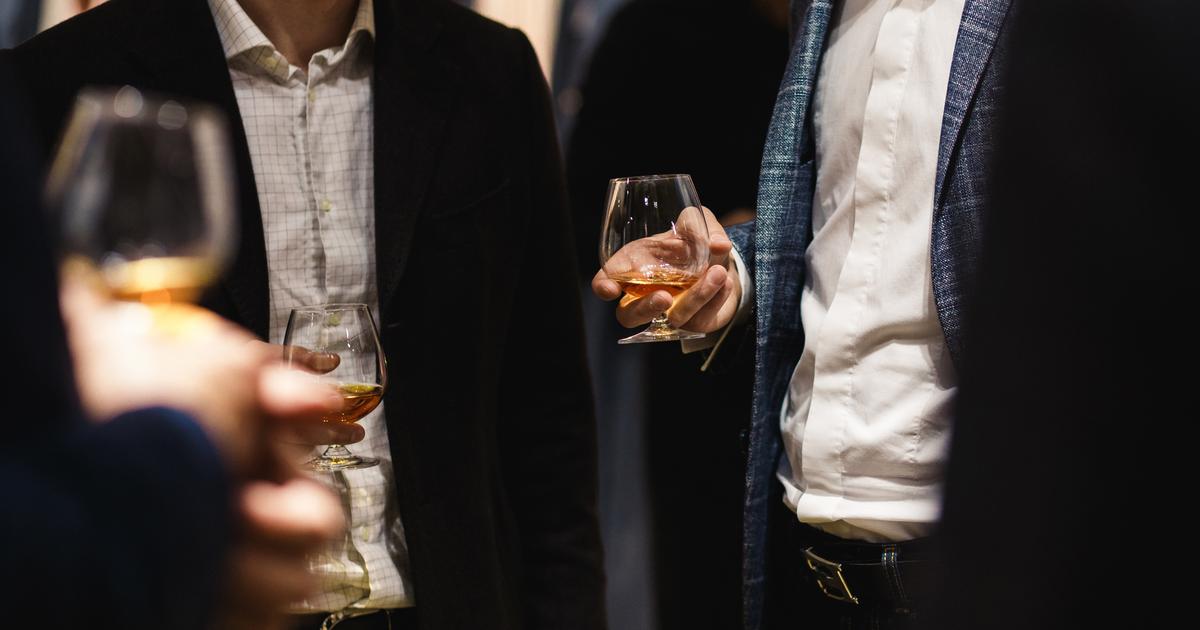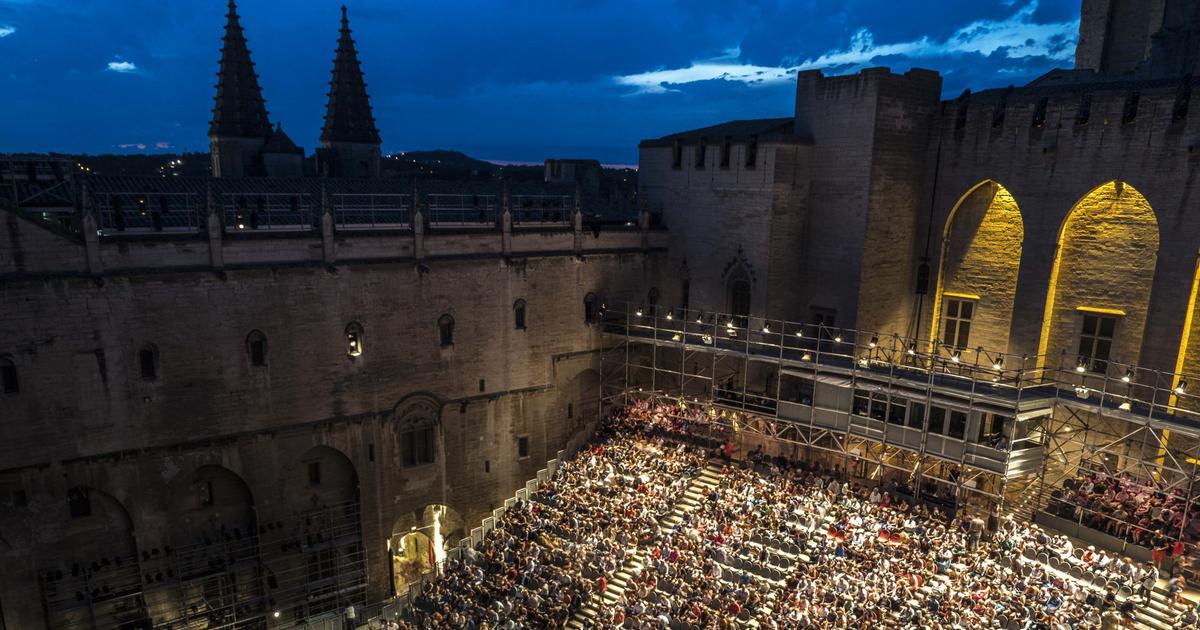Pablo Picasso in Montmartre in 1904, in an image from the collection of the Musée Picasso in Paris.Heritage Images (Getty Images)
The basic geography of Picasso in Spain speaks of a peaceful childhood in Malaga, a brief stay in A Coruña and, as a teenager, a jump to Barcelona, where he will remain with his family until 1900, when he is 19 years old, when he settles in Paris.
His residence in the Catalan capital is broken during two parentheses during which, at the request of his father, he tries to study drawing in Madrid.
These are years during which Pablo Ruiz Picasso did not stop drawing and painting.
It is also a time during which his overwhelming personality begins to manifest itself in the midst of a profound redefinition of what is Spanish with the independence of the American nations and the disaster of Annual.
Pablo Picasso (1881 - 1973) in his studio in the 1920s. Hulton Archive (Getty Images)
An international congress held at the Museo Reina Sofía on Thursday and Friday has now paused for the first time in investigating its formative years.
Titled
Picasso from Cultural Studies.
Dream and lie of Spain
(1898-1922),
its coordinator, Chema González, clarifies that the name of the congress alludes to the famous graphic work of the artist
Sueño y lie of Franco
(1937).
Pablo Picasso was a singularly curious and attentive man who approaches all those changes that occur in his environment.
Despite its importance, the so-called "Picasso before Picasso" has not been studied in depth.
Anglo-Saxon researchers have been much more attentive to the study of his life and work since his residence in France and his first great masterpiece:
Les Demoiselles d'Avignon
(1907).
The appointment in Madrid comes to remedy this.
More information
The artistic idyll between Chanel and Picasso arrives in Madrid
During the congress, Picasso's relationship with the challenges, crises and transformations that shook Spain from the disaster of 1898 until the end of the war with Morocco in the 1920s was investigated. Starting with Madrid, it is known that he arrived in 1897, at the age of 16, to study at the San Fernando Academy of Fine Arts.
There it is stated that he enrolled in landscape and clothing.
It is also recorded that he went very little and no record survives of his possible work for the institution.
His father's teacher's salary did not go far and the family raised a collection among his friends to finance the boy's trip, which would now be called micro-patronage or
crowdfunding.
The writer Servando Rocha has investigated what Madrid was like in which Pablo Ruiz liked to get lost.
He always moved through the center of the city.
It is known that he stayed in a pension on Calle de San Pedro Mártir, near Tirso de Molina and Plaza de Cascorro, the beginning of the Rastro, the closest thing to Barcelona's Chinatown.
In August of that same year, President Antonio Cánovas del Castillo had been assassinated by the Italian anarchist Michele Angiolillo.
The repression and the riots were brutal.
Madrid, details Servando Rocha, is a scared and depressed city in which suicides and murders are the order of the day.
The writer remembers that one of the favorite places to get stamped was already the Segovia viaduct, built in 1874.
'The Young Ladies of Avignon' (1907), by Pablo Picasso.
© Succession Pablo Picasso;
VEGAP;
Madrid;
2022
Picasso spent his days among the rooms of the Prado Museum, the Botanical Gardens and the Retiro Park.
At night he was seen on the streets of El Codo and El Biombo dressed in his cape, his hat and pipe, like just another young bohemian.
Picasso's second (brief) period in Madrid was in 1901. He arrived as artistic director and illustrator of the magazine
Arte Joven
, of which only four issues were published that year.
He dealt with the Baroja brothers and drew them for the publication.
Pío Baroja defined the man from Malaga as "a strange guy".
Living room anarchist?
In Barcelona, it doesn't seem that he was weighed down by his charnego origin.
The bohemia and the intelligentsia did not distinguish at that time because of the artist's rattlesnake, bullfighter and gypsy origin, in the words of one of his best friends at the time, Ángel Fernández de Soto.
The journalist and historian Conxa Rodríguez has thoroughly studied the Barcelona years of the young Pablo Ruiz.
She told the congress that the Ruiz family lived very modestly on Calle de la Merced.
The artist's precarious economy was sometimes alleviated by making posters for night shows.
If he had some money, he would rent a room shared with someone else where they painted by day and drank by night.
At the Els Quatre Gats café, he met many of his best artist friends and began to portray the heroes of the Catalan bourgeoisie on cardboard, an impulse towards knowledge that would not be long in coming.
The stage on which Pablo Ruiz moved was turbulent.
Someone joked in the congress saying that Barcelona was then the world capital of the barricade.
What did Picasso do in front of it?
The historian Josep Casals remembers that Barcelona attracted the man from Malaga because it was a focus of advanced ideas and because he was a restless young man, eager for new experiences.
“As was the case with several Spanish intellectuals, after the disaster of 98, he opted for anarchism.
But his anarchism was rather artistic and individualistic, the anarchism of the avant-garde, of middle-class dissidents looking for ideas to renew and break everything existing and rotten.
But few of those intellectuals became declared anarchists”, concludes Casals.
The historian gave details of the hard life of the Parisian bohemia that the artists shared in Montmartre and Montparnasse after the Paris Commune.
In the French capital, at the beginning of the 20th century, there were around 5,000 registered artists.
They were so poor that they shared everything.
Max Jacob and Picasso met in 1901 and from December 1902 they lived together in an apartment at Boulevard Voltaire 87, a room so small that it contained only one bed, which one used during the day and the other at night.
Self-portrait of Pablo Picasso (1906).MATHIEU RABEAU/REINA SOFÍA MUSEUM (REINA SOFÍA MUSEUM / © Succession Pablo Picasso. VEGAP, Madrid, 2022)
Picasso in front of the Matriarchy
In 1906, already settled in Paris, he made a definitive trip for his career.
At 24 years old, he has already begun to find his place.
His work interests and sells, while he does not stop challenging himself with new forms of expression.
One of those challenges produced a crisis that led him to Gòsol, a tiny town in the Catalan Pyrenees.
Picasso asks his friend Gertrude Stein to allow him to do a portrait of her.
The American writer and patron accepts, but the work runs aground when the artist tries to paint the forceful face of the poet, as detailed by Jèssica Jaques Pi, historian of the Autonomous University of Barcelona.
Accompanied by Fernande Olivier, his partner at the time, and his three-month-old Foxterrier (he always had dogs), he ascended on the back of a mule to Gòsol, the second highest town in Catalonia, then inhabited by about 150 people.
In a town of shepherds and shearers, Picasso dealt with women who exercised a seamless matriarchy.
They provided and organized.
It seems that his hard features and his complexion destroyed by the wind and the cold illuminated him to portray his friend Gertrude Stein.
The Picassos of Cienfuegos
One of the highlights of the Congress was the screening of the documentary
Picasso in black and white,
by Julia Mirabal, co-produced by France and Spain in 2000. The film has been seen at some festivals, but what it tells is still largely unknown to the public. Big audience.
It is about the Afro-Cuban family left in Cienfuegos by his grandfather Francisco Picasso Guardeño, father of María Picasso, the painter's mother.
When he was 43 years old and had a family of six children in Malaga, his grandfather went to Cuba to make his fortune.
There he joined an Afro-Cuban with whom he had a son.
When the documentary was filmed there were registered more than 40 people with the last name Picasso.
There is no record that the artist had any relationship with his Caribbean relatives, or even that he knew of his existence.
Subscribe to continue reading
Read without limits
Keep reading
I'm already a subscriber

/cloudfront-eu-central-1.images.arcpublishing.com/prisa/7SZIPISS4BFCZNQ6UBDLEREPUU.jpg)













